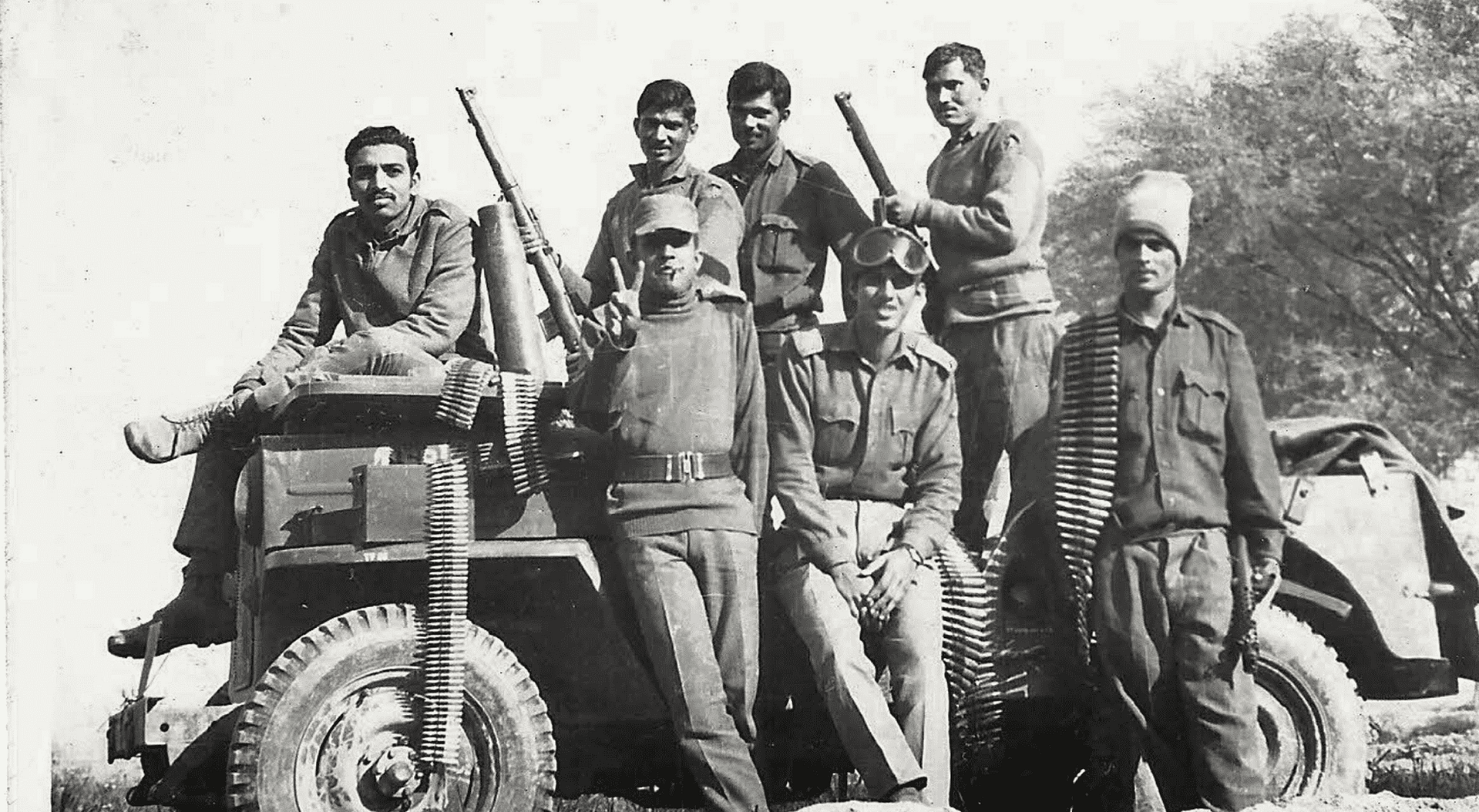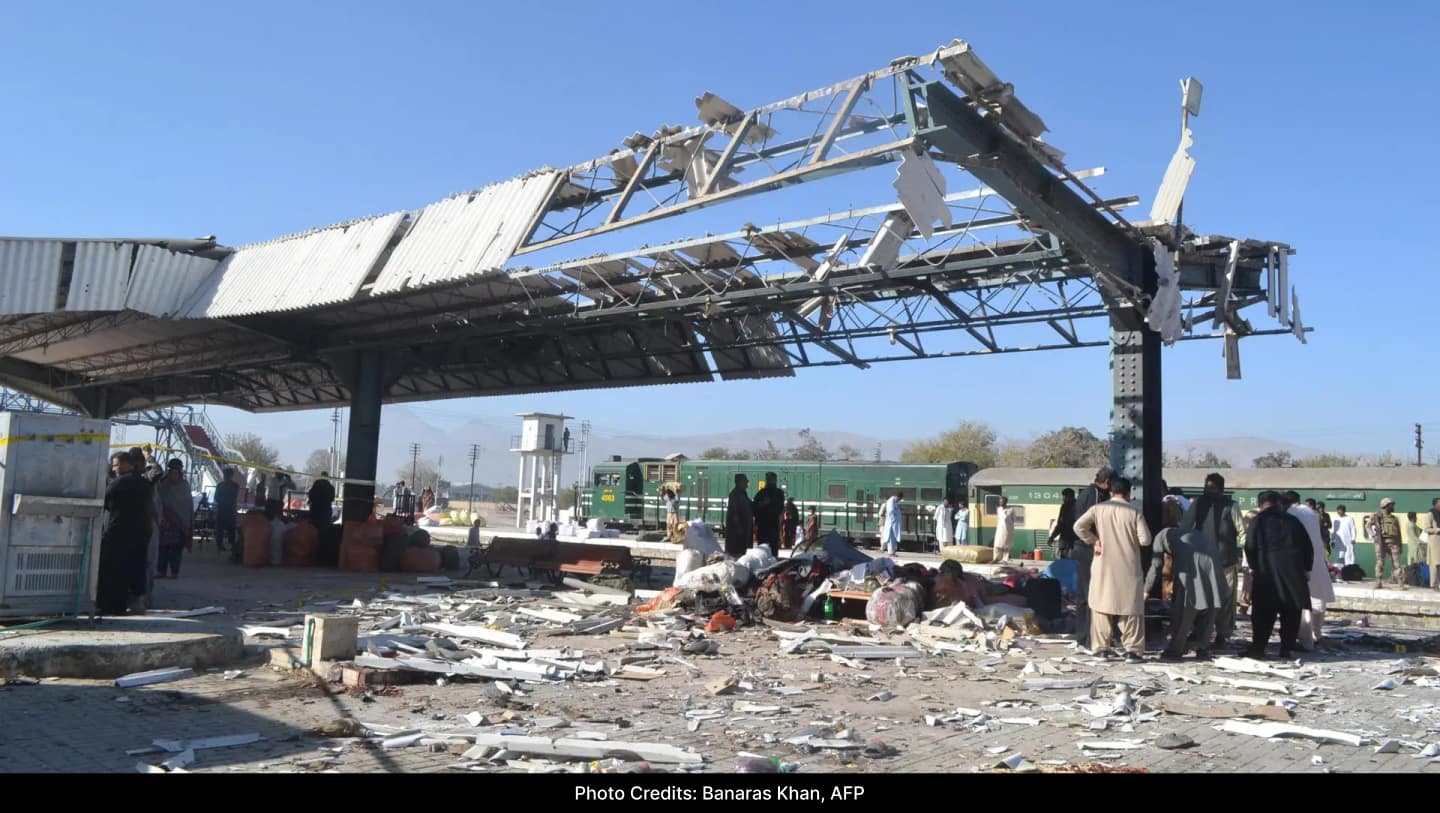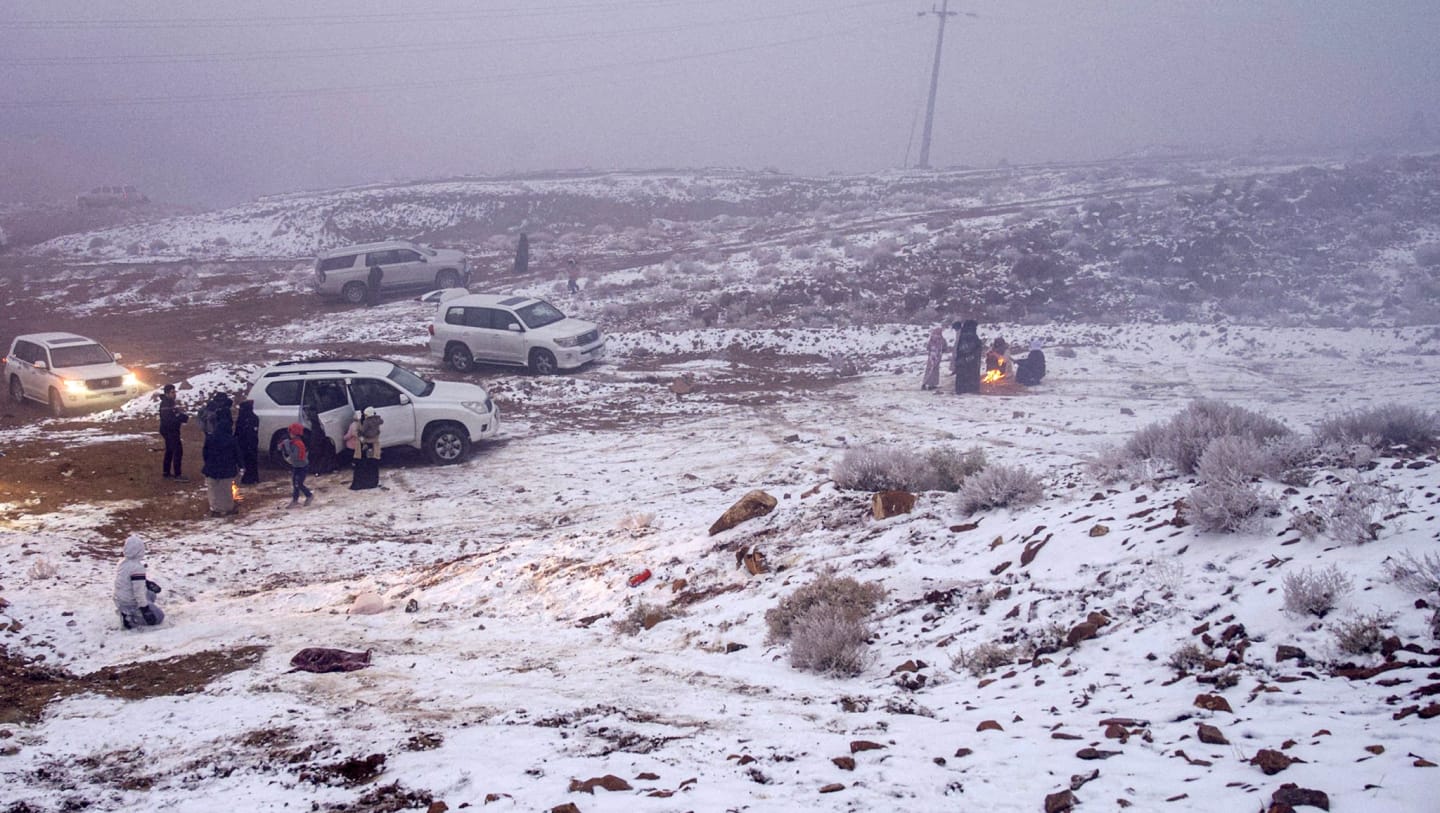32 years ago this week, India launched Operation Cactus to help the Maldives as the country faced its biggest challenge – a coup launched by mercenaries. The operation, etched forever in the history of India-Maldives close cooperation, shows how significant a role the Indian Navy has played, especially when it comes to the security and stability of the Indian Ocean region.
On the night of November 2-3, 1988, some 200 to 300 armed mercenaries landed in the nation’s capital and occupied key facilities. The then President of the Maldives, Maumoon Abdul Gayoom, requested the help of New Delhi and the then Prime Minister of India, Rajiv Gandhi.
The Indian Army para-brigade deployed on IL 76 immediately brought things under control on the Indian Ocean island, but the most challenging part of the operation was the mid-ocean chase and rescue. The mercenaries, led by leader Abdullah Luthufee, escaped on the vessel MV Progress Light along with hostages including a Maldivian government minister. Indian Navy ship – training ship Tir and frigate Godavari were diverted to land. The Commanding Officer of Godavari was CTF– Commander Task Force.
Apart from them, Indian Navy ships Betwa, Rajput, Ranjit, Gomati, Trishul, Nilgiri, Kumbhir, Cheetah and the fleet tanker Deepak also sailed to the Maldives. 24×7 air patrols by Maritime Reconnaissance (MR) aircraft have been initiated.
Soon after midnight on November 5-6, the light of the MV Progress received a final warning, but the fleeing mercenaries ignored it. The 4-inch, 57mm and 30mm guns of the Godavari and Betwa then raked the ship and caused a massive fire. A naval group brought hostages to INS Godavari and arrested the mercenaries. The MV Progress light sank on 7 November 56 miles south west of Colombo.
New Delhi was keeping a close eye on the situation and a message reached the Prime Minister in the war room which read: “ALL YEARS SAVED. Mercenaries captured”, which brought relief to many in both countries. On November 8, the captured hostages were handed over to President Gayoom in a formal ceremony.
The development had a worldwide impact, the 3 April 1989 cover of TIME magazine featured the INS Godavari with the headline “Super India–The Next Military power”. US and UK leaders also praised Delhi’s role.
One of the implications of this development was a close convergence of security understandings between India and the Maldives. India has been helping to develop the capacity and capabilities of the Maldivian Armed Forces and since then thousands of Maldivian National Defense Force (MNDF) personnel have been trained in India.
It will be interesting to know that the current Chief of Defense Forces, MNDF, Major General Abdulla Shamaal, is a graduate of DSSC, Wellington (Tamil Nadu), while his predecessors were graduates of NDC, New Delhi.
The mercenary invasion on 3 November 1988 also prompted the Maldives to strengthen its maritime surveillance capabilities. To this end, the Indian government has provided the MNDF with ships, vehicles, helicopters, coastal radars, weapons, ammunition and, earlier this year, a Dornier maritime surveillance aircraft.
To commemorate the event in the country’s history, MNDF personnel mark Nasruge Dhuvas or “Victory Day” every November 3 and remember their fallen comrades at a special memorial where an RPG was fired by mercenaries who infiltrated the MNDF headquarters. Bandaara Koshi, a man in 1988.




